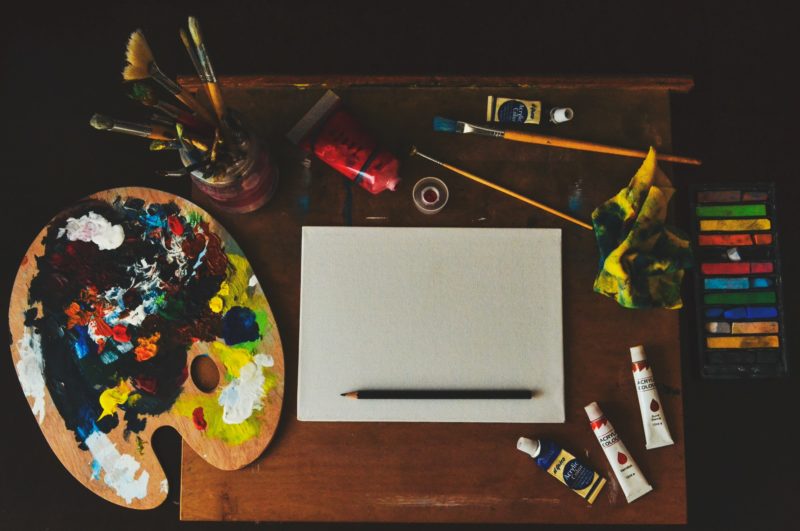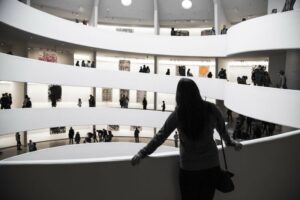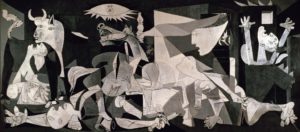What are the laws of the visual brain and how do they regulate our perception of the world we see? Artistic mediation starts with the brain.
Shakespeare and Wagner were great neurologists because they were able to speak to men’s brains by investigating the techniques of language and music. The effects produced by the words of one and the music of the other, were able to move the human mind of millions of people around the world, from the most diverse cultures.
We can therefore understand that art has always in some way “mediated” or stimulated parts of our brain that are the same for everyone, universal.
Artistic mediation is effective because, as both Shakespeare and Wagner have shown us, it enables us to access the neural organisation of the visual pathways that arouse pleasure.
But what are the laws of the visual brain and how do they regulate our perception of the world we see?
According to Zeki, professor of neurobiology at University College London, we see in order to acquire a knowledge of our world. Vision as knowledge of our world builds a bridge between brain activity and visual art, which is one of the most significant products of the brain, becoming precisely artistic mediation.

So where do the art and vision function of the brain meet?
Art, like vision, is a search for the essential, therefore an active and creative process whose function is an extension of the visual brain function.
Vision, in fact, is an active process that requires our brain to ignore the continuous changes that affect our vision of an object: perspective, time, reflected light. Through our vision of the object, in order to recognise it, we are asking our brain to make an abstraction of the information we need to recognise the object regardless of the superficial events that affect it.
Simply, if we look at a fruit at 10am it will have a different colour than at 10pm. We are able to recognise it because our brain abstracts from it information that we already know: smell, shape, colour.
Henri Matisse said “seeing is already a creative operation that requires effort“. Do you agree?




